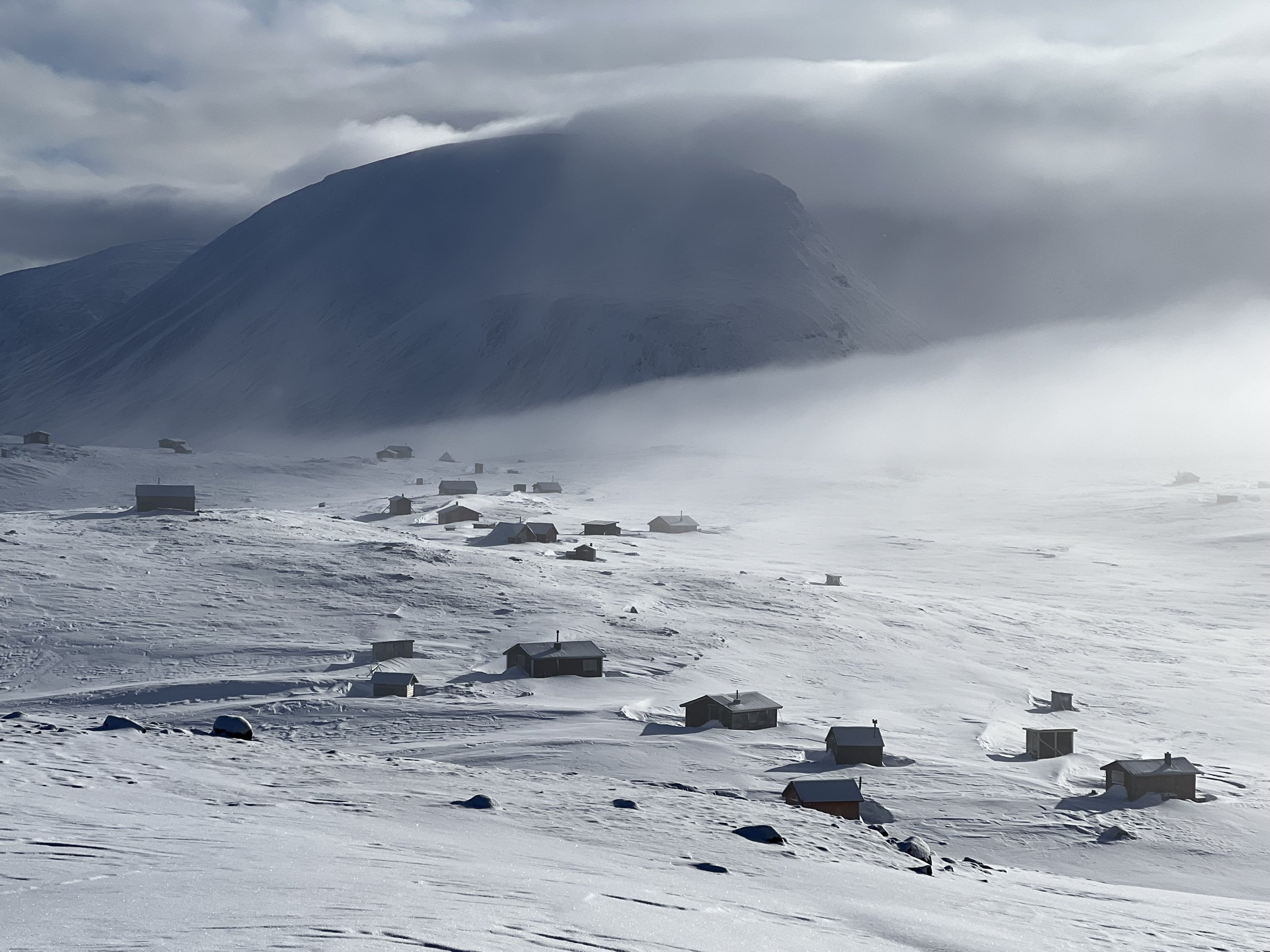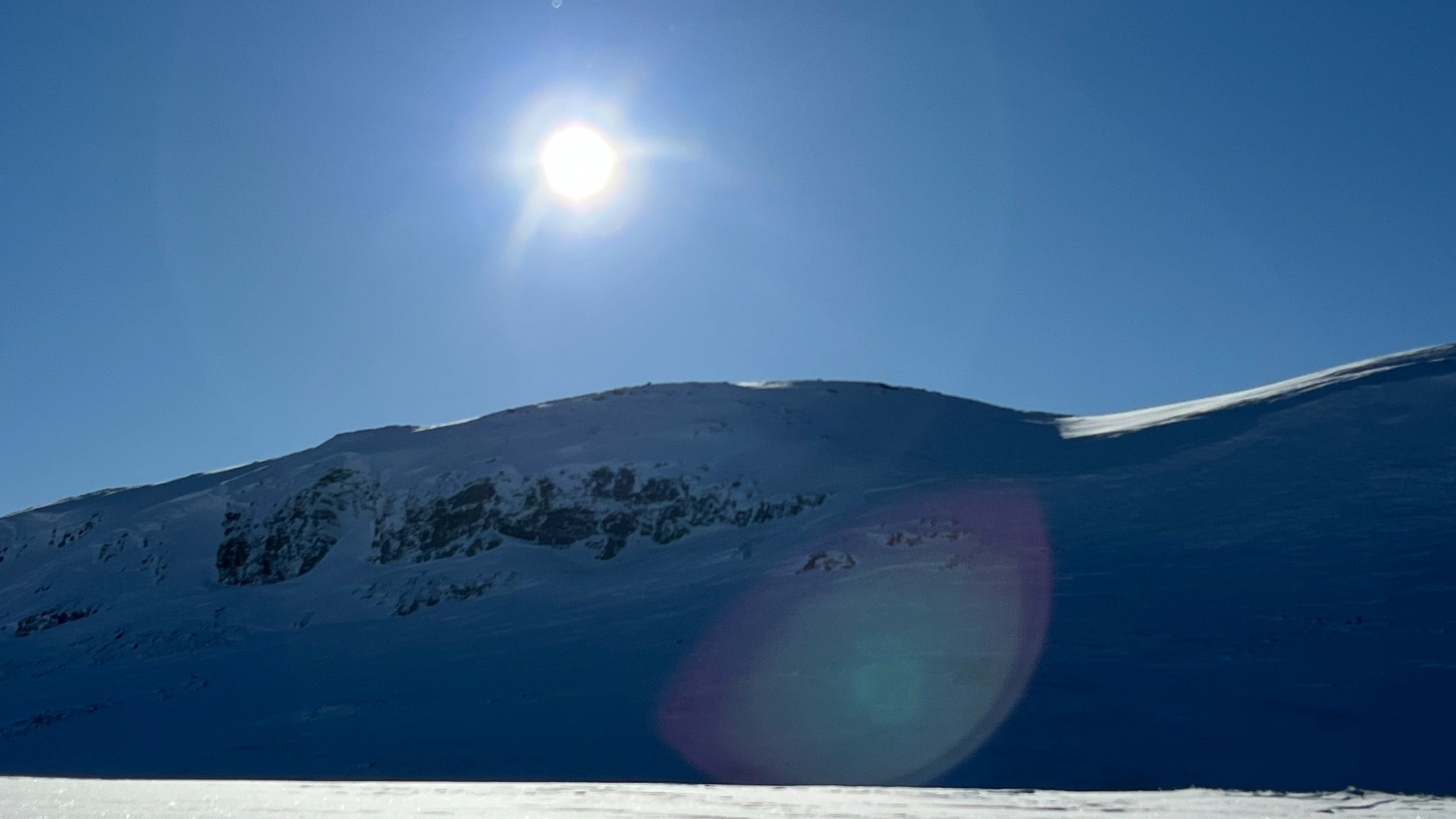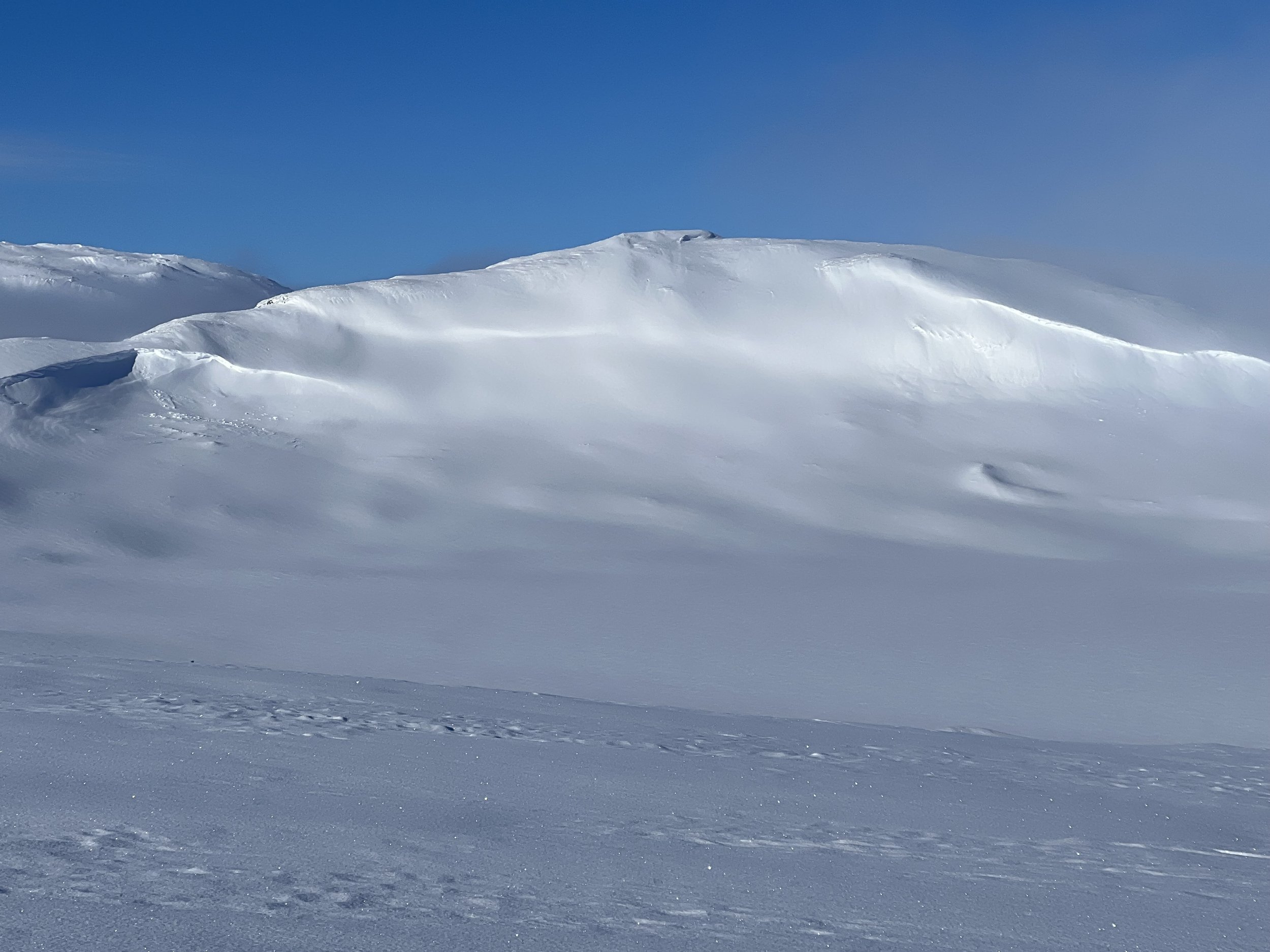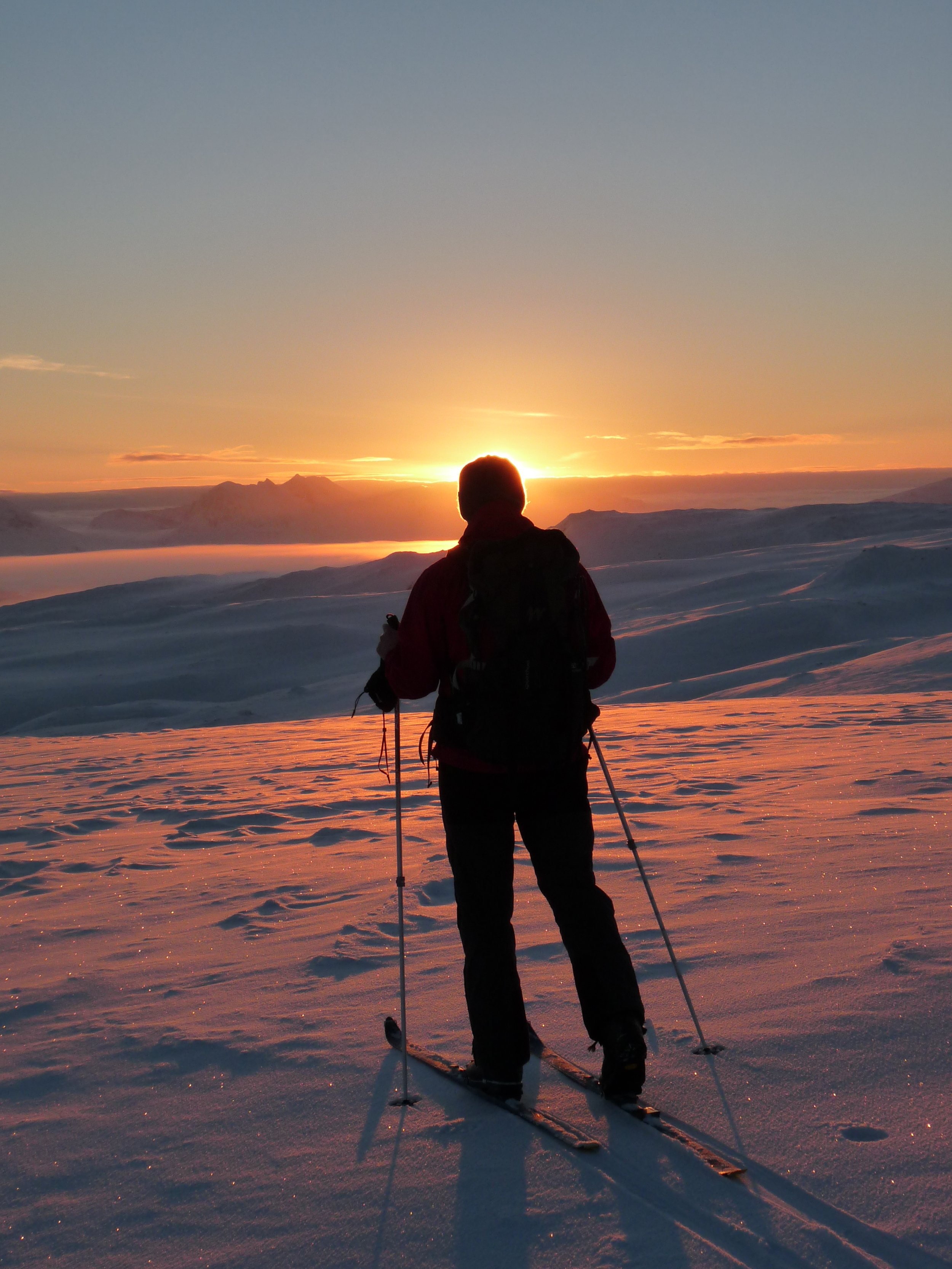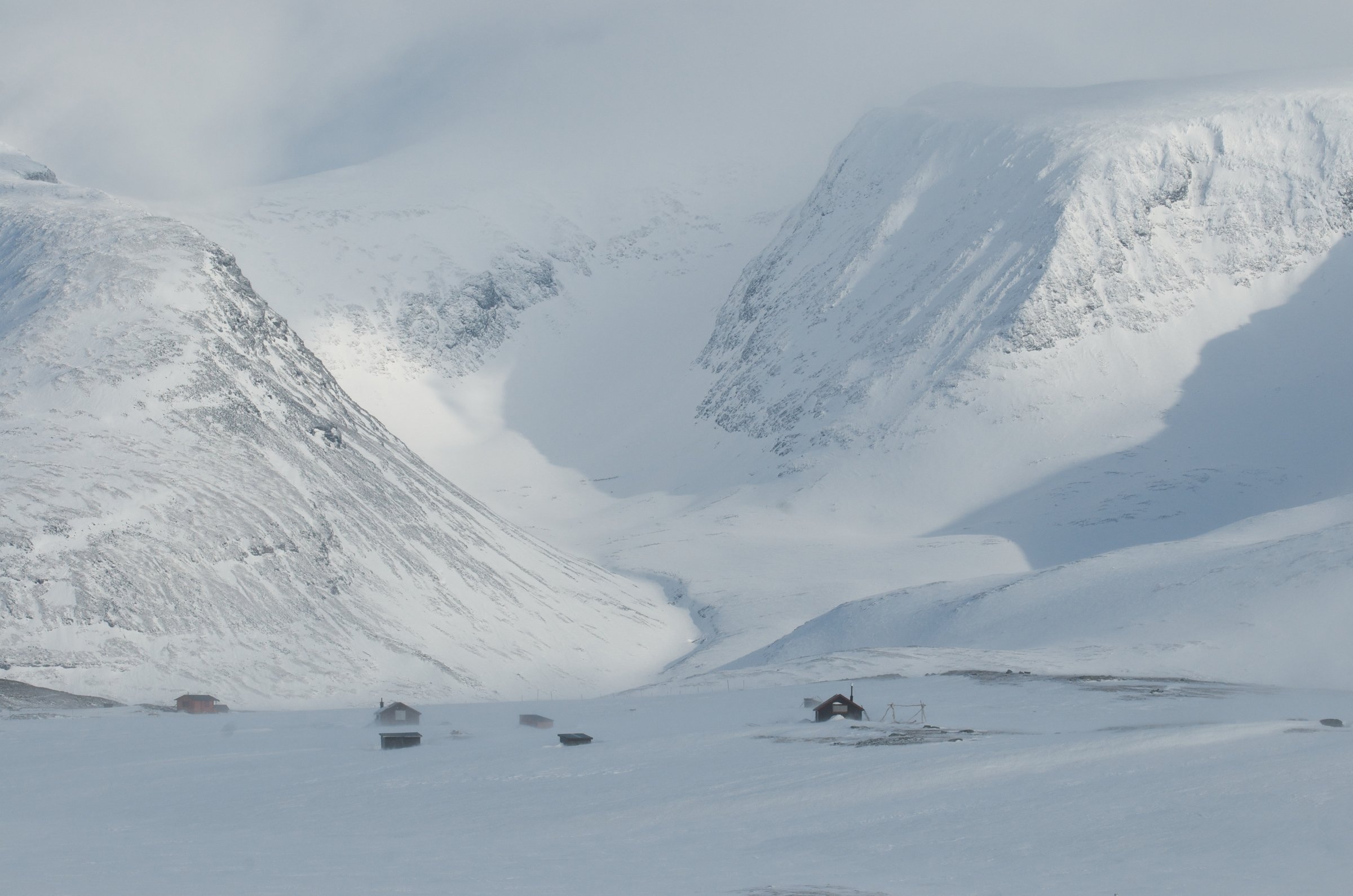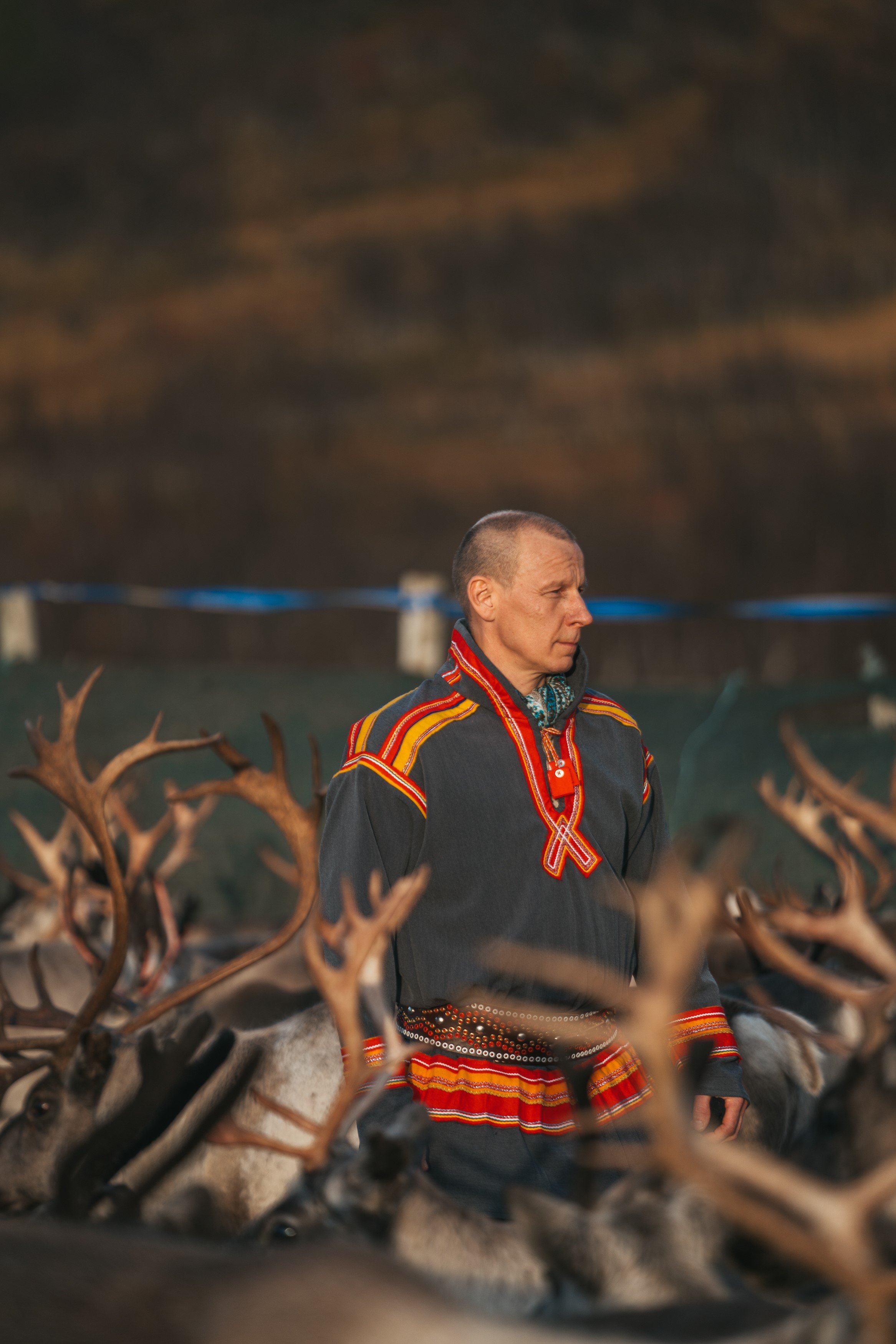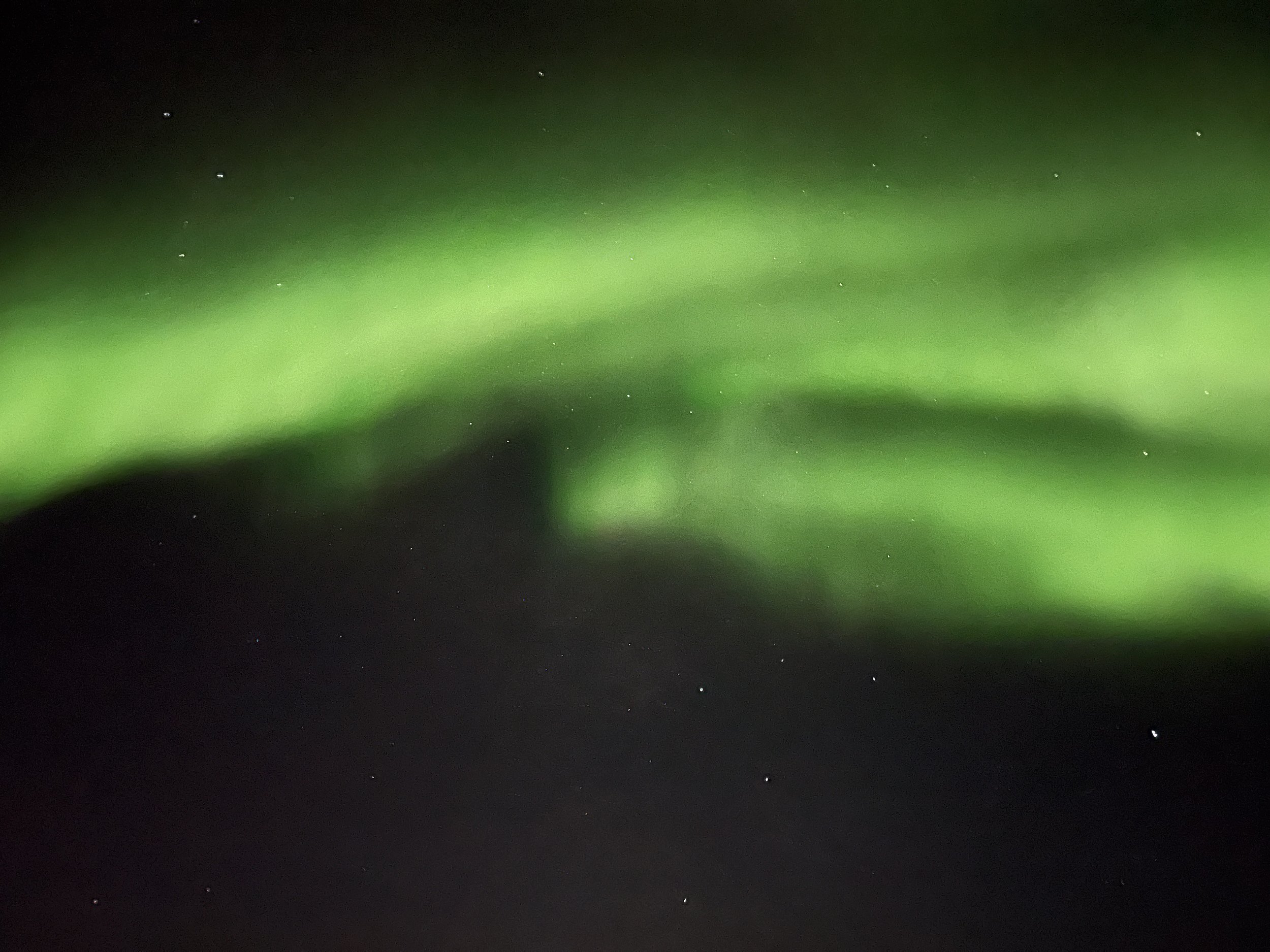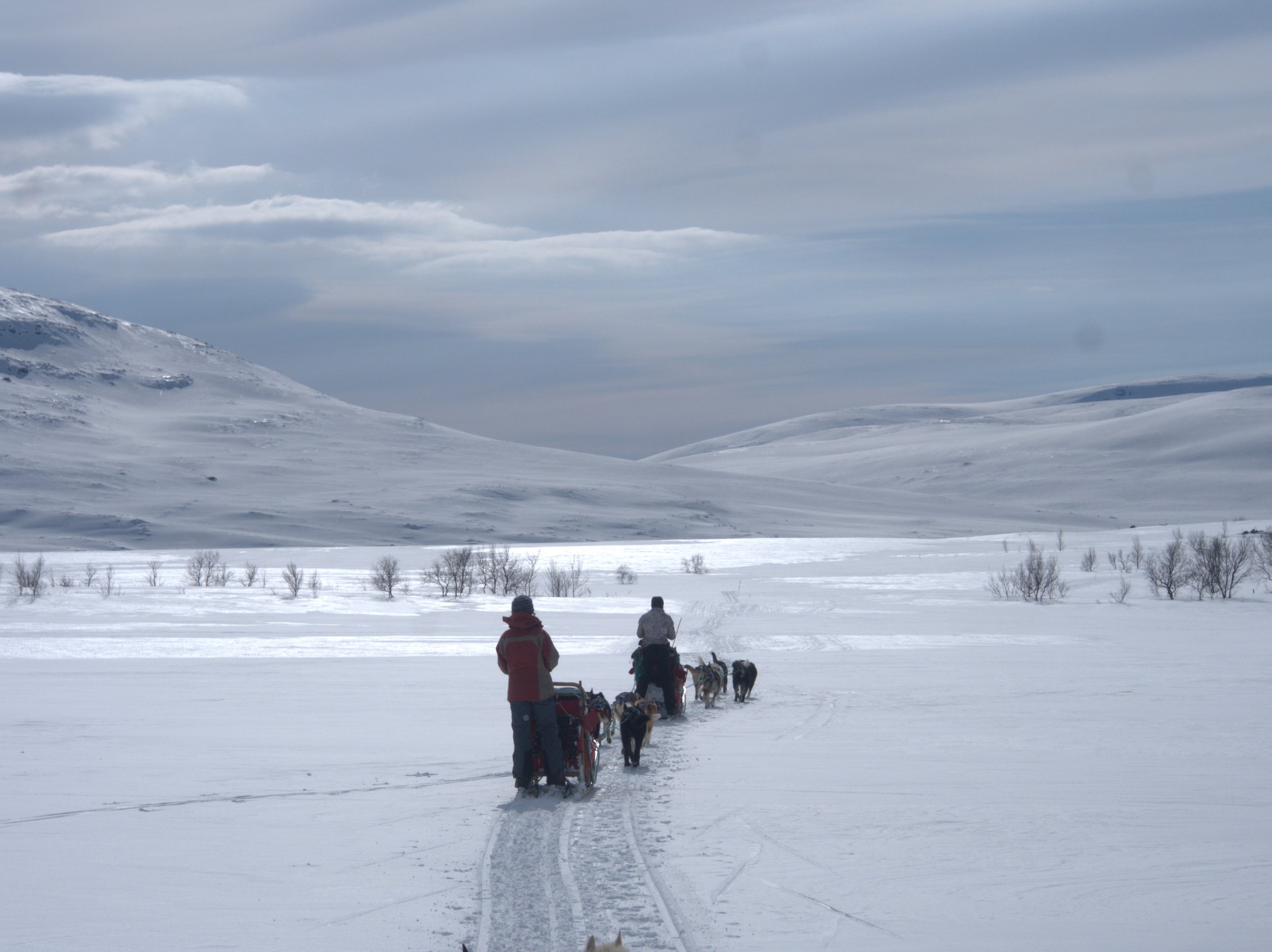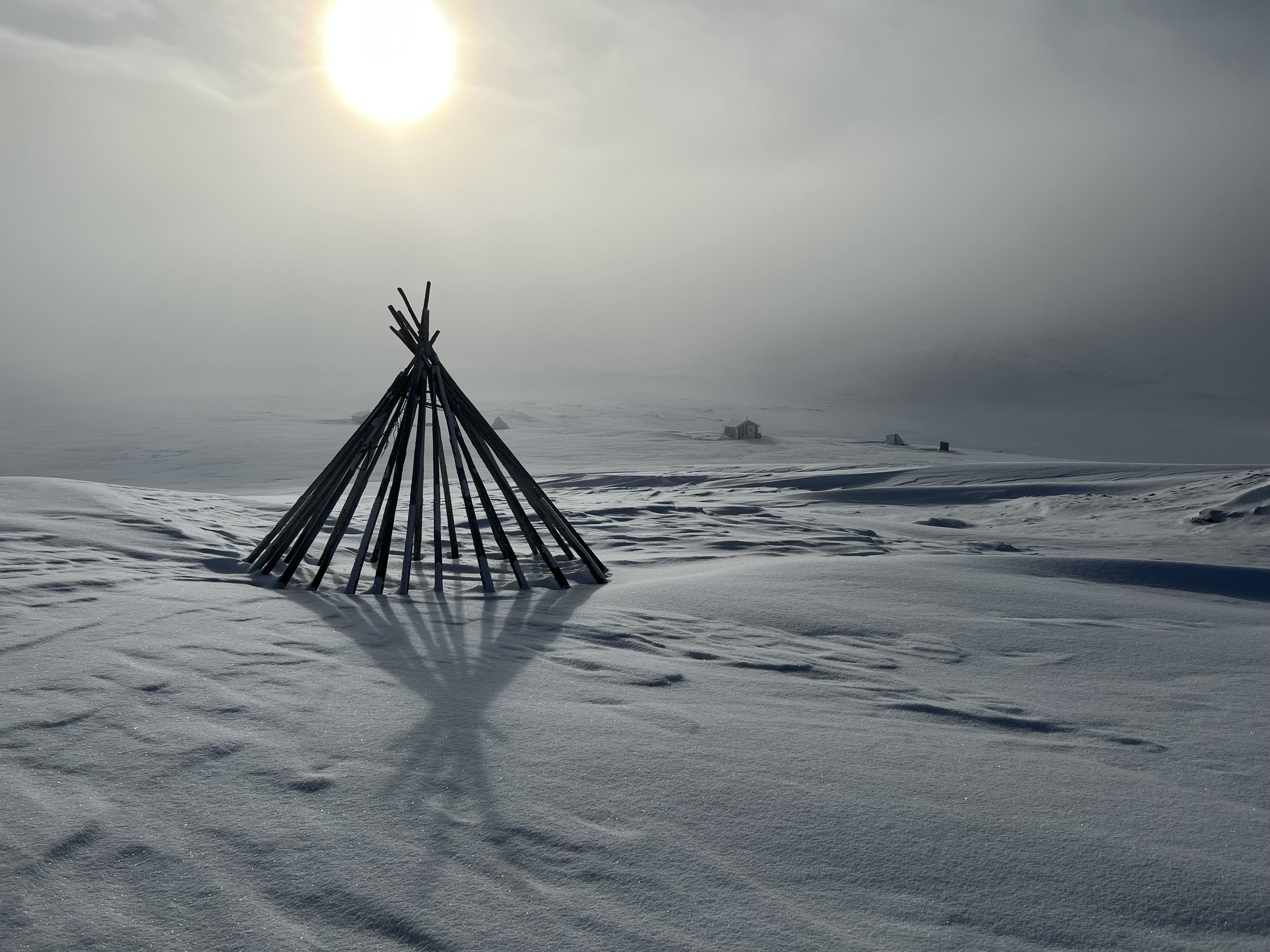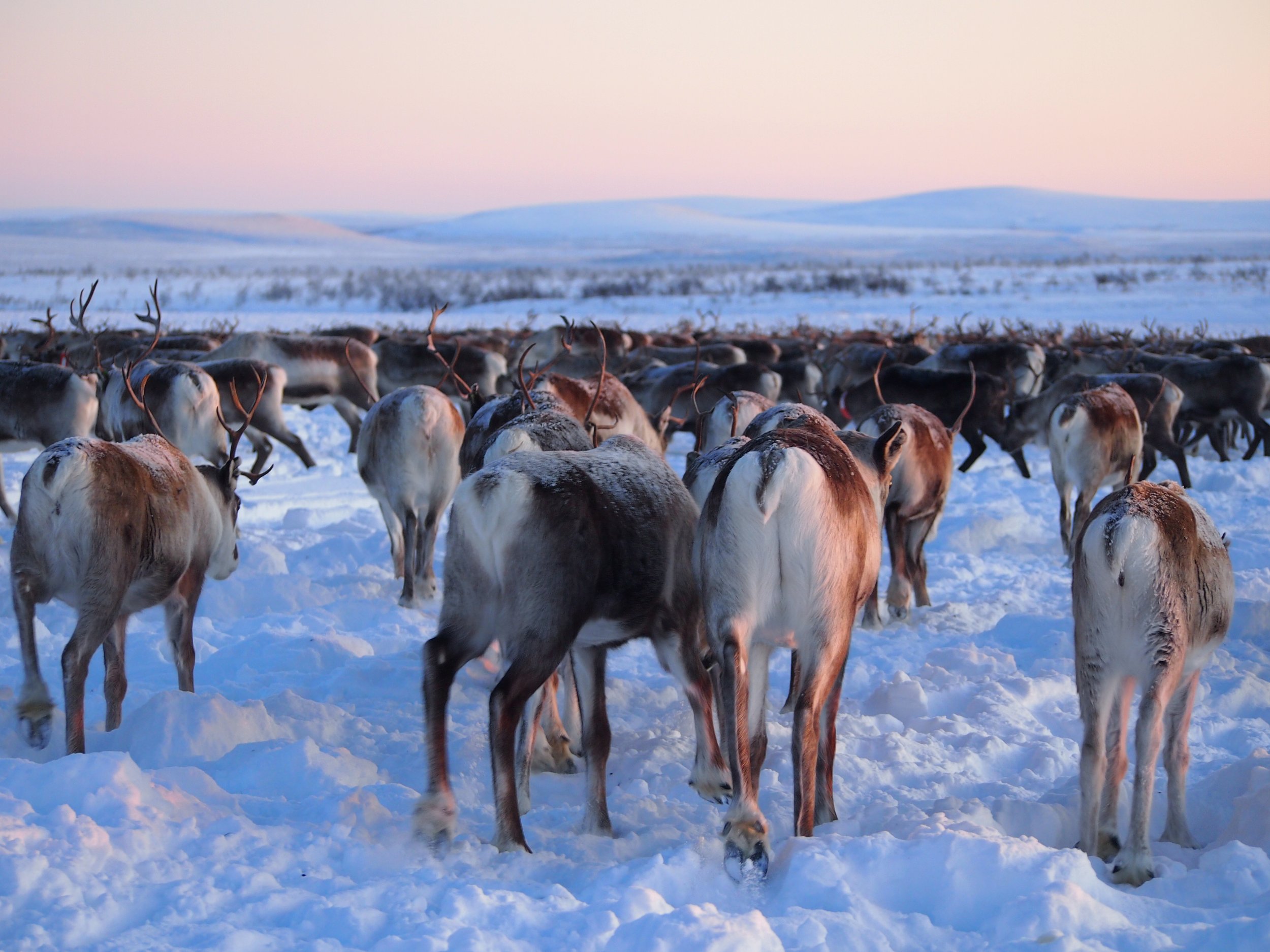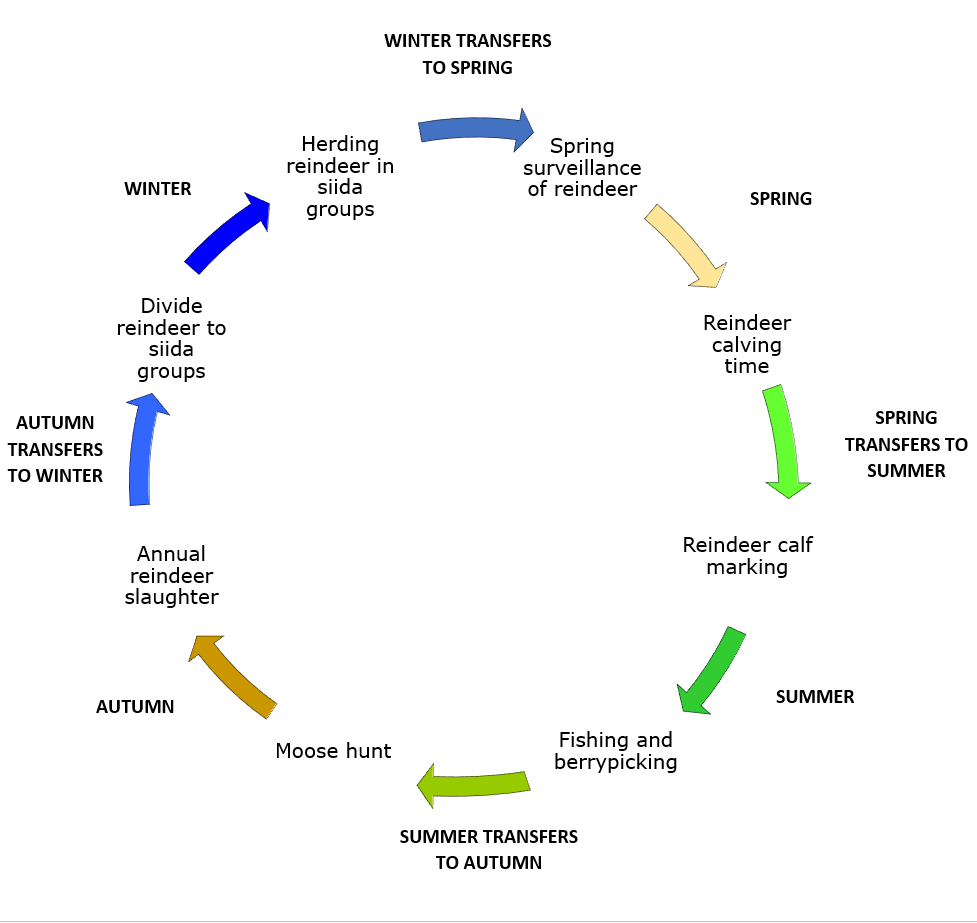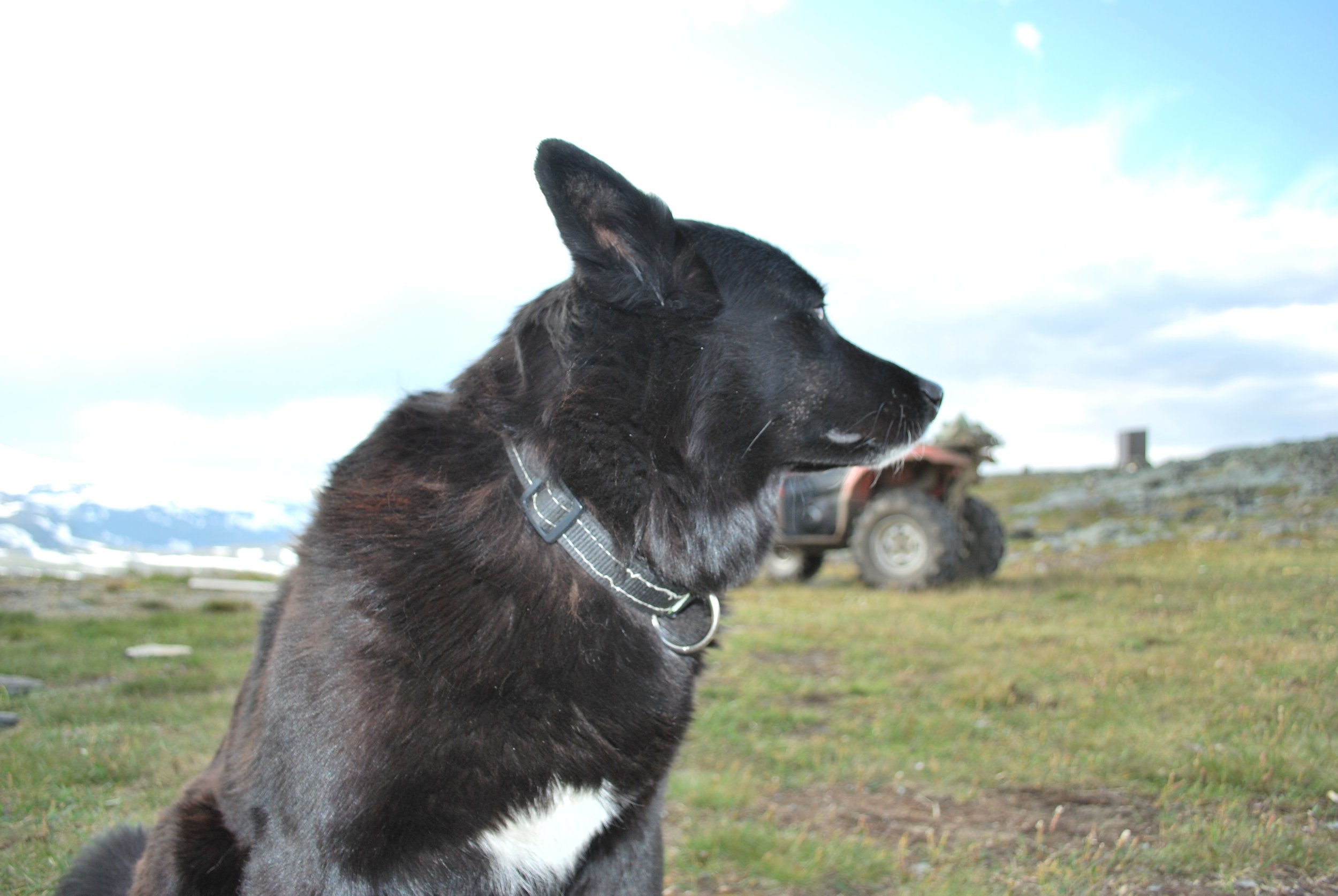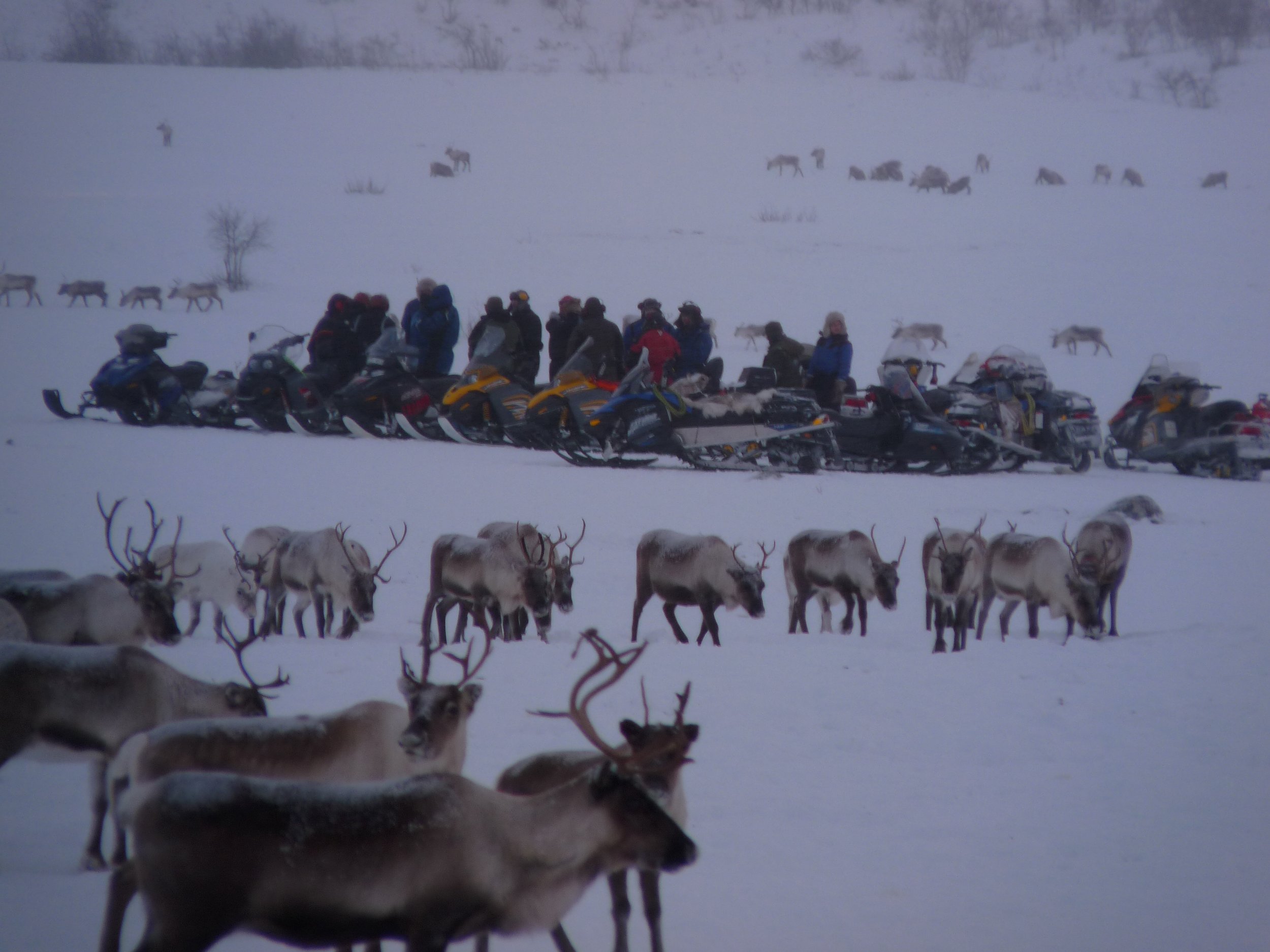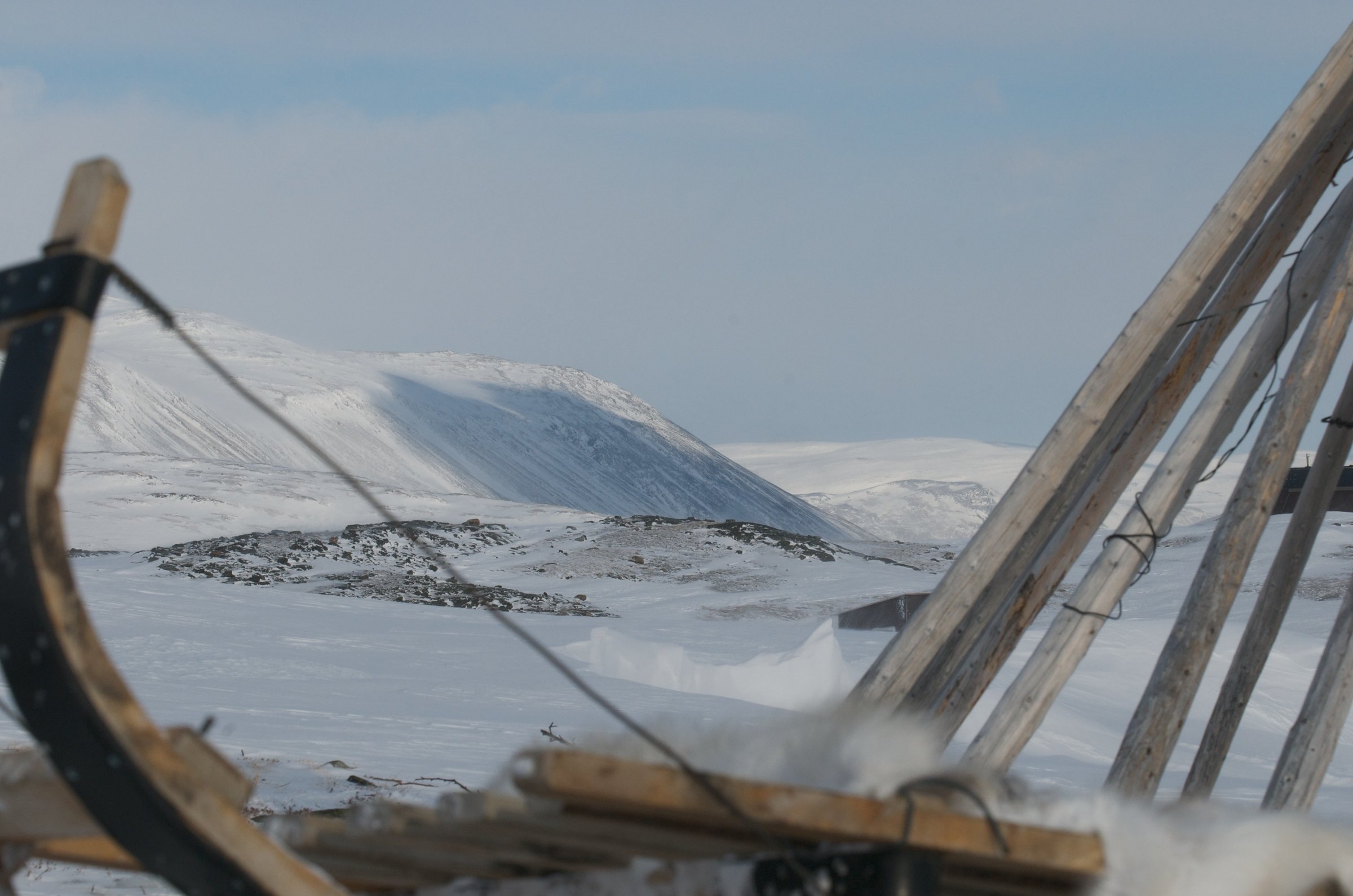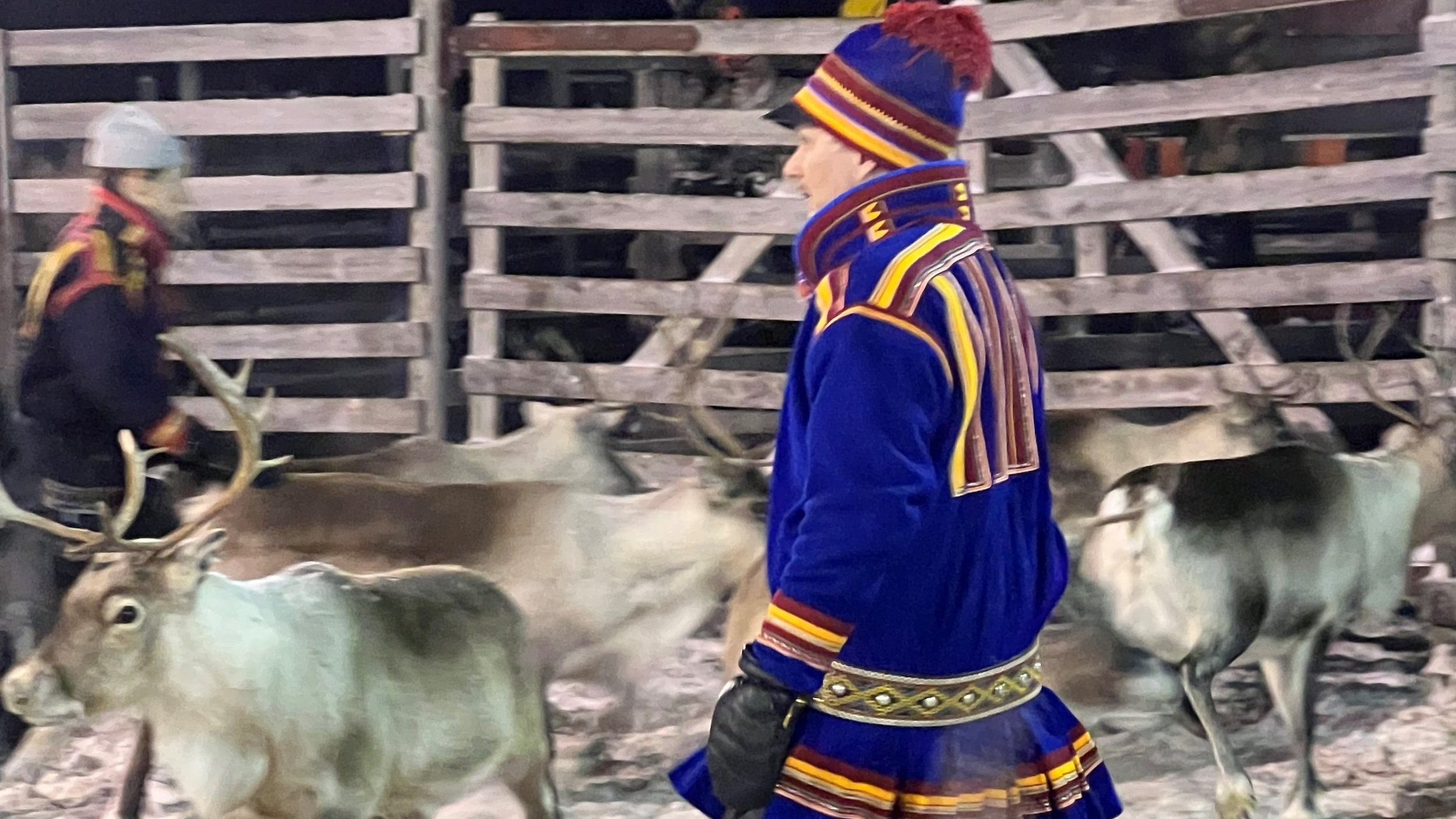SÁMI GUIDELINES
“The mountains of Sámiland, the home of the Sámi children. A cold and hard rock, a warm and soft embrace”
Nils Aslak Valkeapää
Sápmi
We the Sámi People want to advise visitors about how to act and how to behave when visiting our home.
Our Home
We, the Sámi People, have occupied and lived in these areas for thousands of years. Throughout time, we have gained profound knowledge about the landscape and how to survive in the Arctic, knowledge that has been passed down from generation to generation. This knowledge still sets the basis for our sustainable way of life.
Knowledge
The connection to the landscape, through stories and yoiks (Sámi songs) passed down from earlier generations, creates a sense of cultural belonging and transfers pieces of wisdom. Sámi daily life is about learning how to adapt to different conditions, like rapidly changing weather affecting fishing, hunting and migration patterns. A set of tools has been developed through time to describe and to adapt to different changes. The Sámi People have more than 200 words for snow and a wide range of ways to describe the landscape.
Behaviour
The Sámi way of describing the landscape and its annual cycles is based on a traditional ecological understanding of the Arctic´s nature, and is not divided by geograpical or seasonal borders. Depending of the seasonal winds, temperatures and precipitation, animals and birds migrate to the areas where the conditions are best. Our behaviour is based on our traditional knowledge and our respect of nature, animals and humans. This is the foundation for our sustainable way of life.
Respect
Nature with its animals, birds, fishes, trees and mountains must be honoured and respected. We have borrowed it from our future generations and we shall pass it down without destroying it. By accepting and respecting other humans, animals and landscape and just harvesting what you need, you secure a future for coming generations.
If you disturb the reindeer you are disturbing the reindeer herder.
The reindeer herder has learned to read the nature and knows where the reindeer can find good grazing through experience and knowledge passed down from earlier generations. The herder knows how winds and the weather impact reindeer migrations.
The 8 Sámi seasons
The reindeer herding year starts when the female reindeer gives birth to the calf.
“The reindeer always grazes
towards the wind, and when
frightened it will always run
towards the wind”
Do you know the difference between the seasons?
-
All animals are weak after a long winter, do not frighten grazing reindeer.
All animals give birth to the next generation during spring, do not disturb animals with calves.
Do you know where the traditional reindeer calving areas are? Avoid those areas. -
Animals graze in the valleys but also search for shelter from mosquitoes high up in mountains. Do not frighten reindeer.
Reindeer always graze towards the wind, try to pass grazing reindeer on the windward side.
Do you know where local reindeer herders have their summer camps? Ask them where you can hike and camp. -
Animals are preparing themselves for a harsh winter. Do not disturb the reindeer.
The reindeer are migrating from the high-lands towards winter-grazing areas. Try to pass reindeer on the east side.
Do you know when the hunting season is and where the local reindeer herders are hunting? Ask the local community where it is safe to hike and camp. -
The winter is the “bottleneck” for the survival of animals. Do not disturb grazing animals.
Climate change with frequent rain on snow leads to an ice cover. This makes it difficult for reindeer to find grazing areas. Avoid areas where reindeer graze.Do you know where the different reindeer herds are? Ask the local herders where you can travel without disturbing reindeer.
Sámi community
We, the Sámi People, are affected daily by the policies that the municipalities, the county and the government implements. Our self-governance concerning language and education systems, our food systems and the traditional knowledge transfer between generations depend on the benevolence of the politicians. Our knowledge is not taken into consideration when the authorities define their plans for us. We have our own language, music, handicraft and businesses. Our way of life is threatened because the authorities do not recognize our language and our knowledge as Indigenous People of this land. This prevents us from being protected by international conventions about Indigenous Peoples rights to self-governance.
